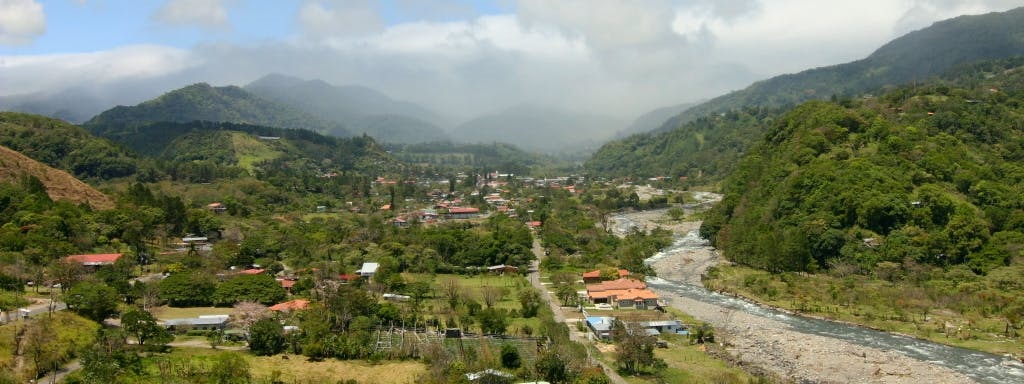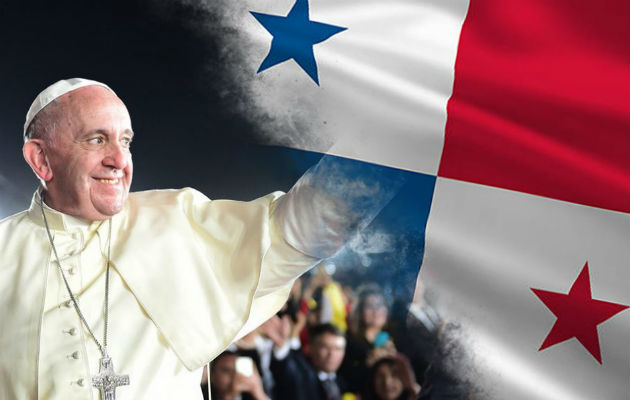Boquete Panama was Formally Declared a District on April 11th 1911 making that its “Birthday”
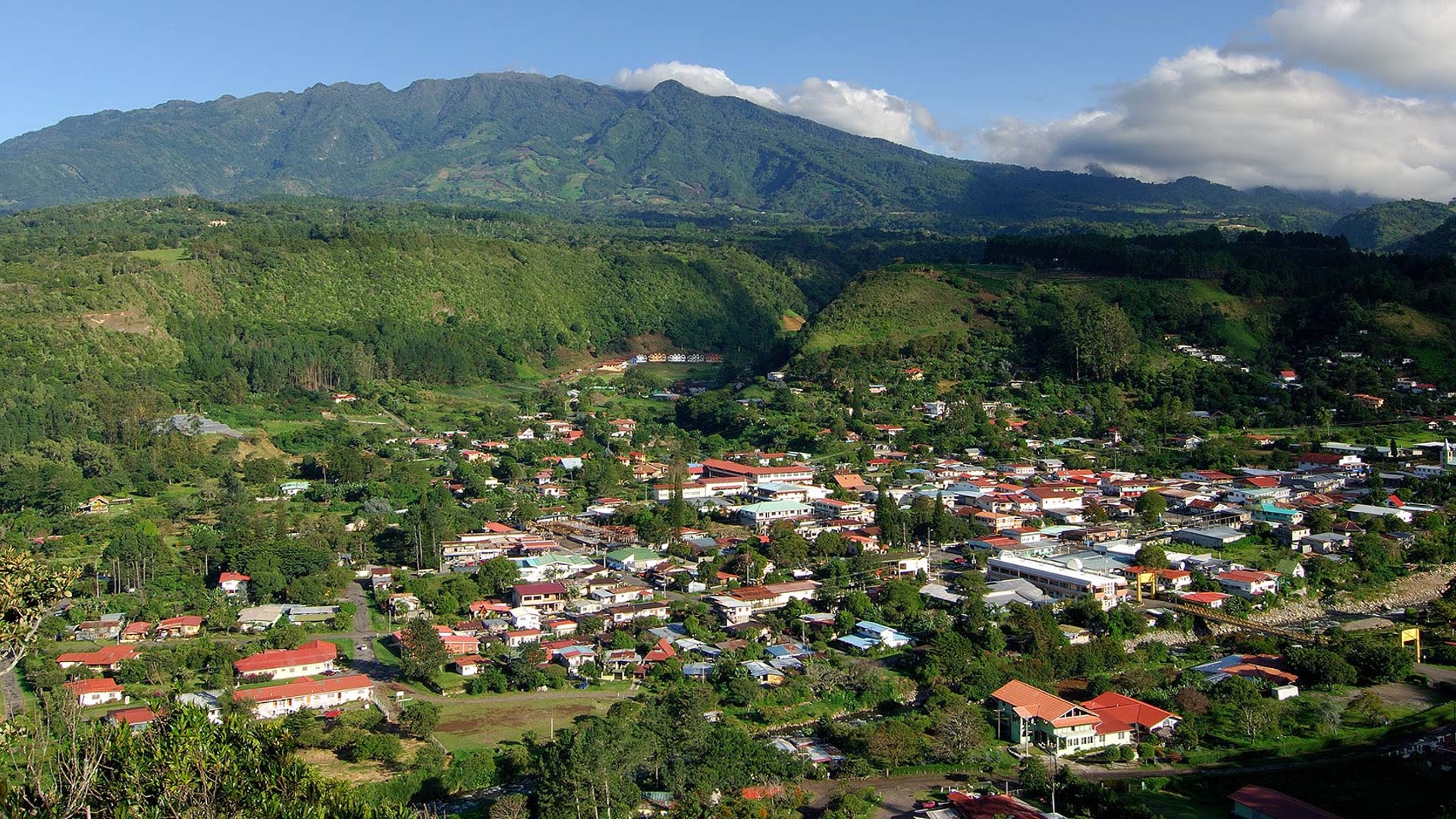
Below is a schedule of events for the festivities.
FRIDAY 11
7:00 AM: Protocol Act and Civic Parade
Location: Main streets of Boquete
FRIDAY 11
3:00 PM: Folkloric and Cart Parade
Location: Main streets of Boquete
SATURDAY 12
3:00 PM: Horse Parade
Location: Main streets of Boquete
SATURDAY 12
8:00 AM: 2025 Entrepreneurship Market – “My Culture”
Location: In front of the Municipal Palace
FRIDAY 11 TO SUNDAY 13
10:00 AM: Craft Fair
Location: Next to the Municipal Market

- District Formation: Boquete was declared a district of Chiriquí province with Law 20 on January 17, 1911.
- Initial Capital: Initially, the capital of the district was located in Alto Lino, but later moved to Bajo Boquete.
- First Mayor: Mr. Felipe Gonzales was the first mayor of Boquete.
- Festivals: In 1950, the town started to celebrate the local Festival of the Coffee, which later evolved into the Feria de las Flores y del Café.
- Founding Date: April 11, 1911
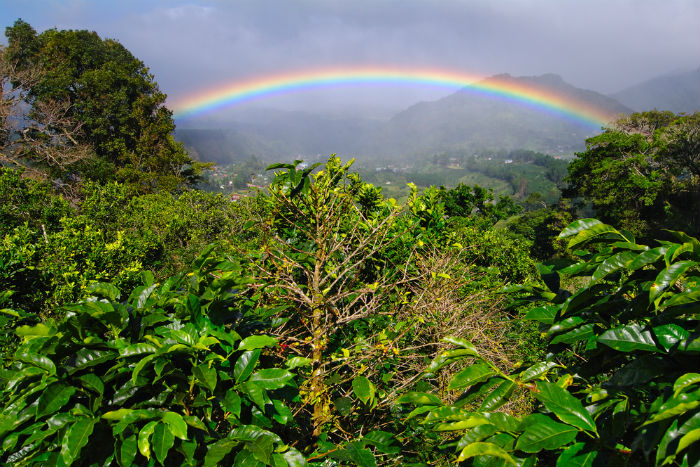
Boquete Valley of the Eternal Rainbow Celebrates 114 Years
Happy Birthday, Boquete!
April 11, 1911 marks the founding year of a beautiful little town in the western highlands of Panama. Archaeological studies support the idea that Boquete’s history started around the years 300 AD to 600 BC. In the Caldera region you can find petroglyphs (prehistoric rock carvings) which reveal evidence of the ancient settlements in the area. During the Spanish colonization, the highlands area was an isolated refuge for the indigenous tribes like the Ngöbe and the Misquito due to the topographic terrain. The colonization of Boquete only began in earnest in the second half of the nineteenth century by locals from Bugaba, Gualaca and David, and foreigners from Yugoslavia, France, Germany and other European countries. Colonizers also arrived from the United States, starting the first coffee plantations and agricultural farms.
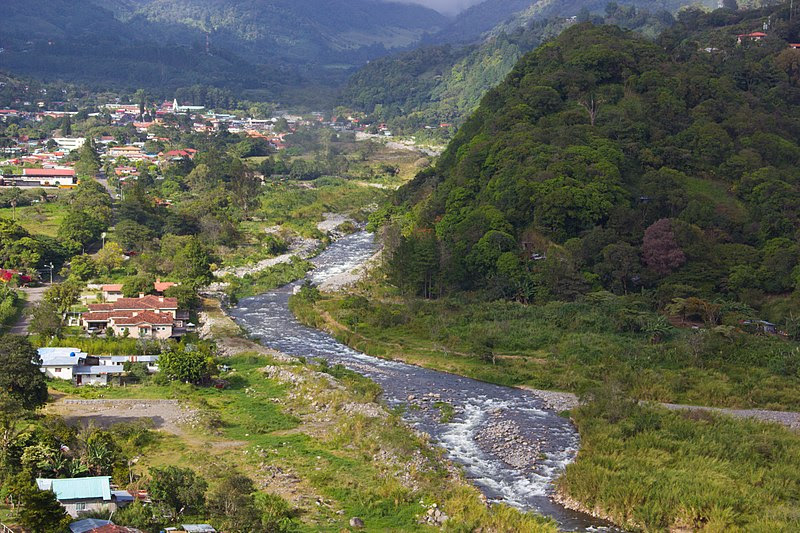
In Spanish, the Word Boquete means ‘Gap or Opening’.
It was through this gap that curious gold seekers trekked, looking for a cheaper and quicker way to the Pacific.
Where is Boquete, Panama?
Nestled amidst the lush, rolling highlands of Panama, Boquete is a hidden gem that feels like a little slice of paradise tucked away from the hustle and bustle of city life. Boquete is located in the western-most province of Chiriqui, near the Costa Rican border, offering a serene sanctuary that seems worlds away from the rapid pace of modern living. This charming small town is cradled by the majestic Barú Volcano, Panama’s highest peak (3,474 metres or 11,398 ft), creating an almost mystical backdrop with its rich biodiversity, and the jewel of the cloud-forest habitat, the Resplendent Quetzal.
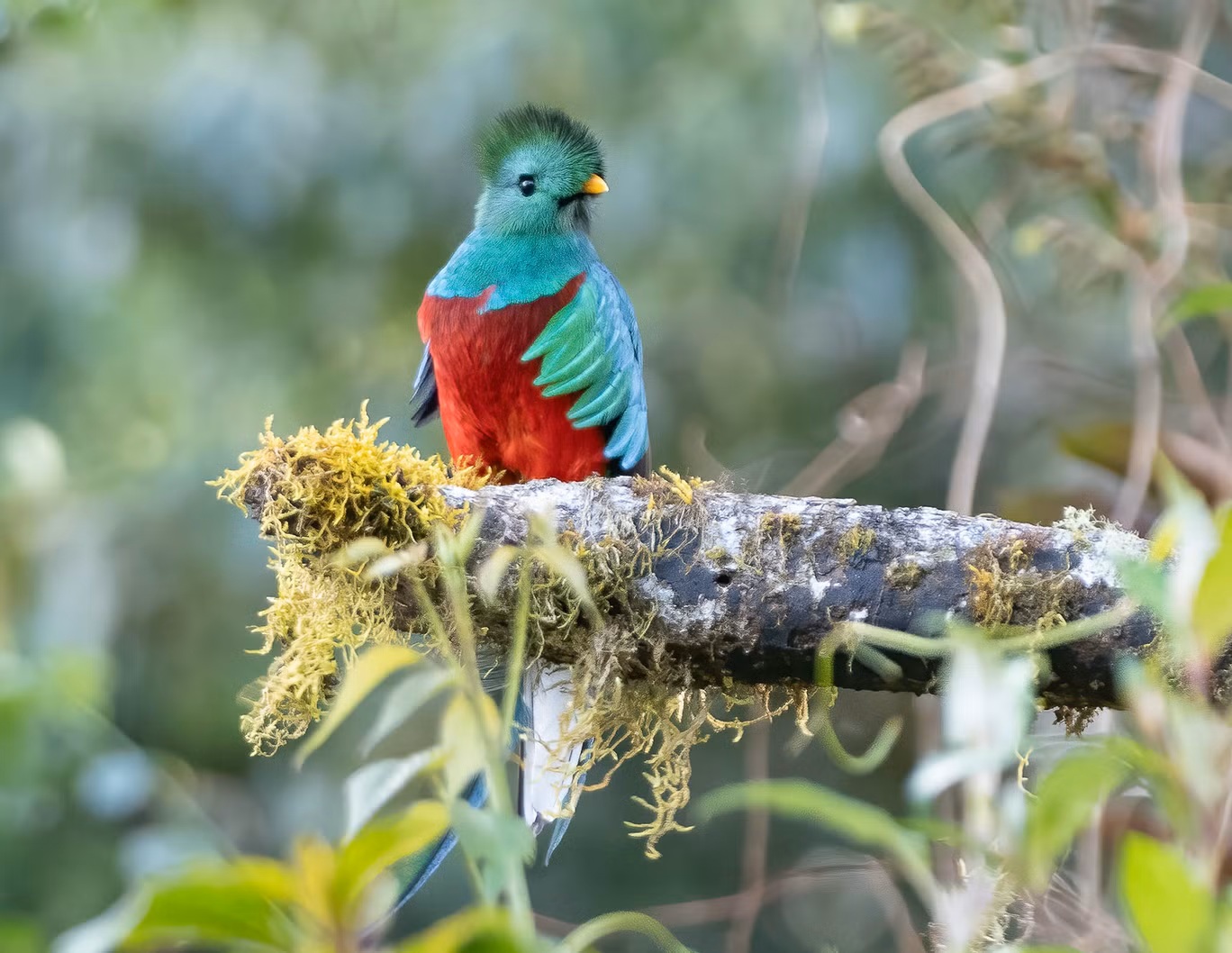
Let the Festivities Begin!
The bands have been practicing and the drummers have been drumming in anticipation for the celebratory parade held downtown Boquete today, April 11.
What is the history of Boquete, Panama?
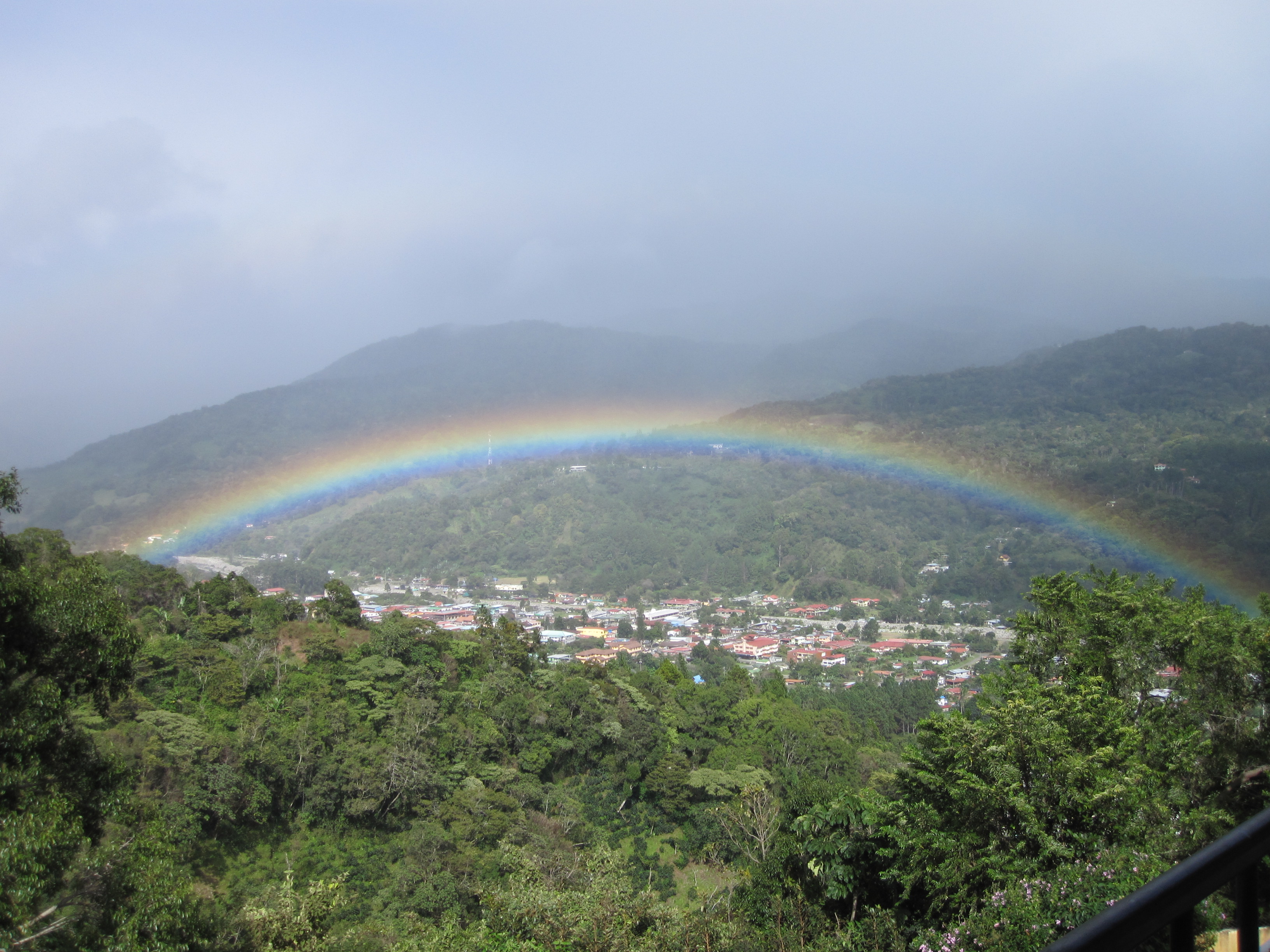
The town of Boquete Panama was officially founded April 11, 1911. Even before it was founded it was a popular area for gold miners seeking an easy route to the Pacific areas. However it was probably settled by Europeans and their descendants who found the rich volcanic mountain soils grew excellent coffee trees. The scenic village of currently over 25,000 people is an active hub for agriculture, tourism and commerce.
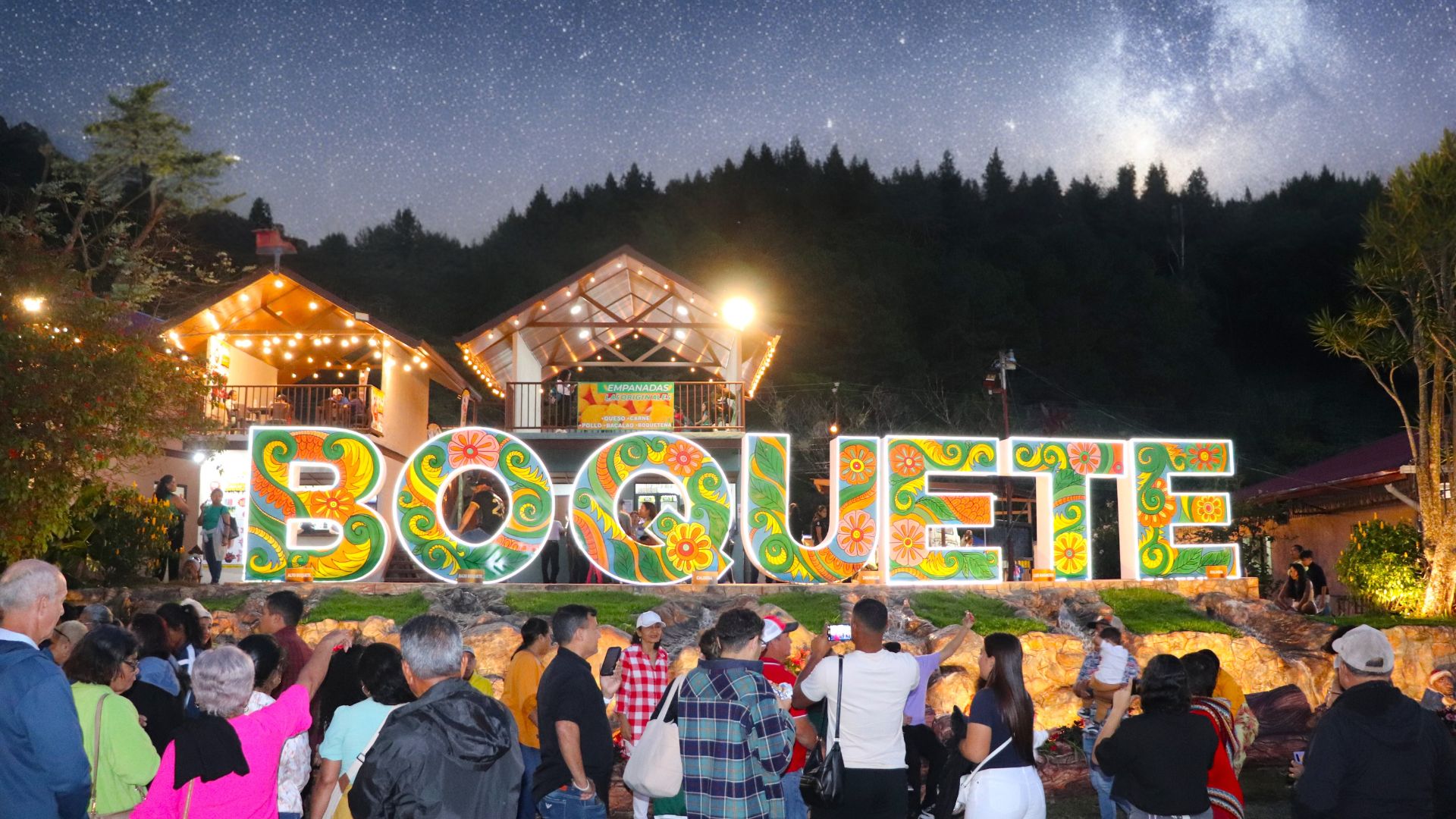
In the past the dirt and gravel roads to Boquete from the lowlands were difficult to traverse. Still people came. Coffee farms dotted the region. Logging and building were ongoing. Residents of the past brought pine trees, which was supposed to start a wood industry, and now they are found throughout the mountains. As locals and foreigners discovered the wonderful temperate climate, the fresh air and abundant clean water the location became a magnet for tourists. The area has been listed in the top five to ten places to retire for many years now. As the tourists purchase land and homes, prices in the area have also risen. It is still cheaper than most American small towns but has a much higher cost of living than some other communities in Panama.
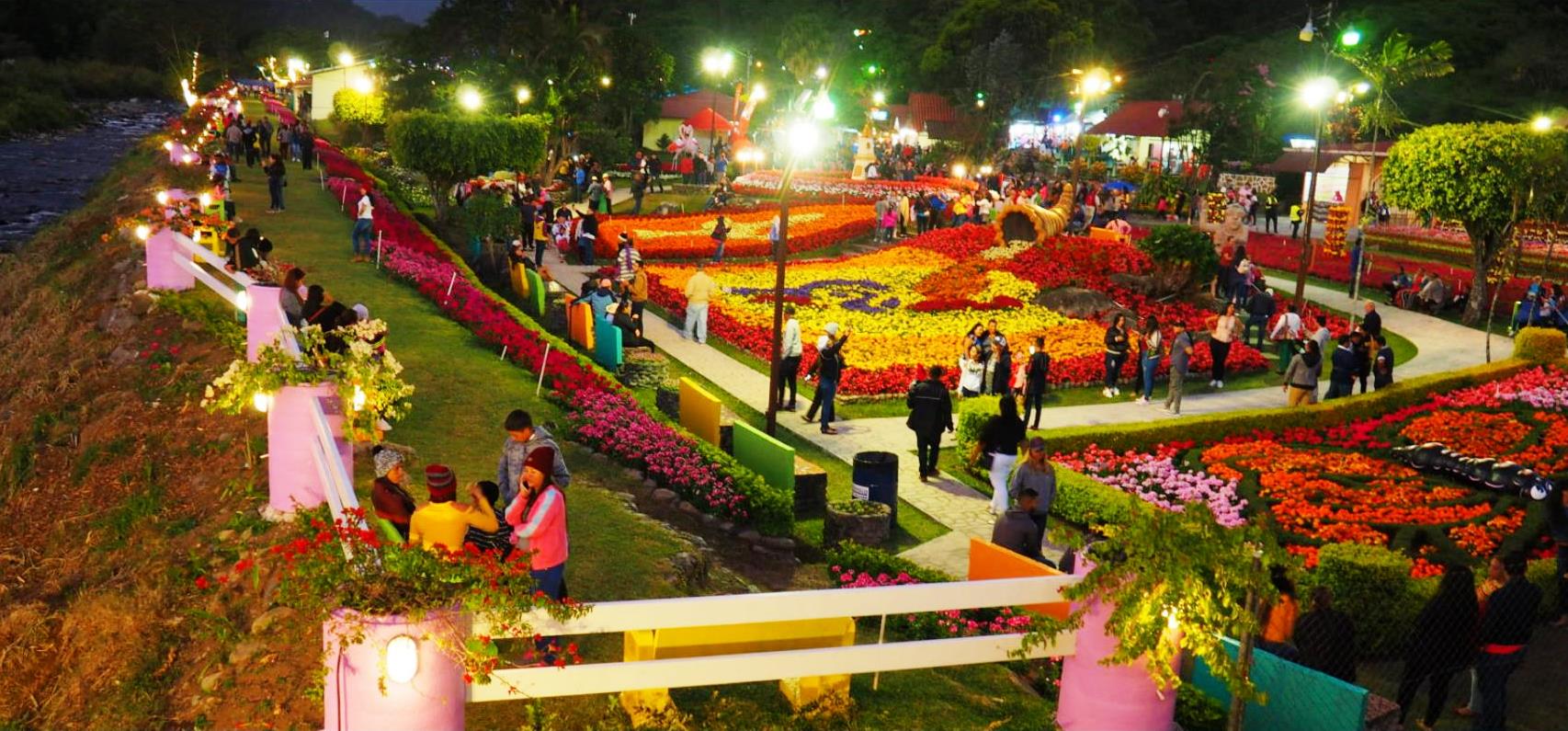
Boquete hosts events such as the annual flower and coffee festival in mid-January, and the annual Orchid Festival going on now until April 20. The town’s name is often mistakenly explained as meaning “bouquet of flowers”; not so, the real meaning is that of a gap or opening. It is an interesting translation of Boquete from Portuguese into English. The historical significance of Boquete is the beauty of the mountain setting, the comfortable climate, clean water, agriculture, commerce, and eclectic mix of indigenous peoples and foreign born.
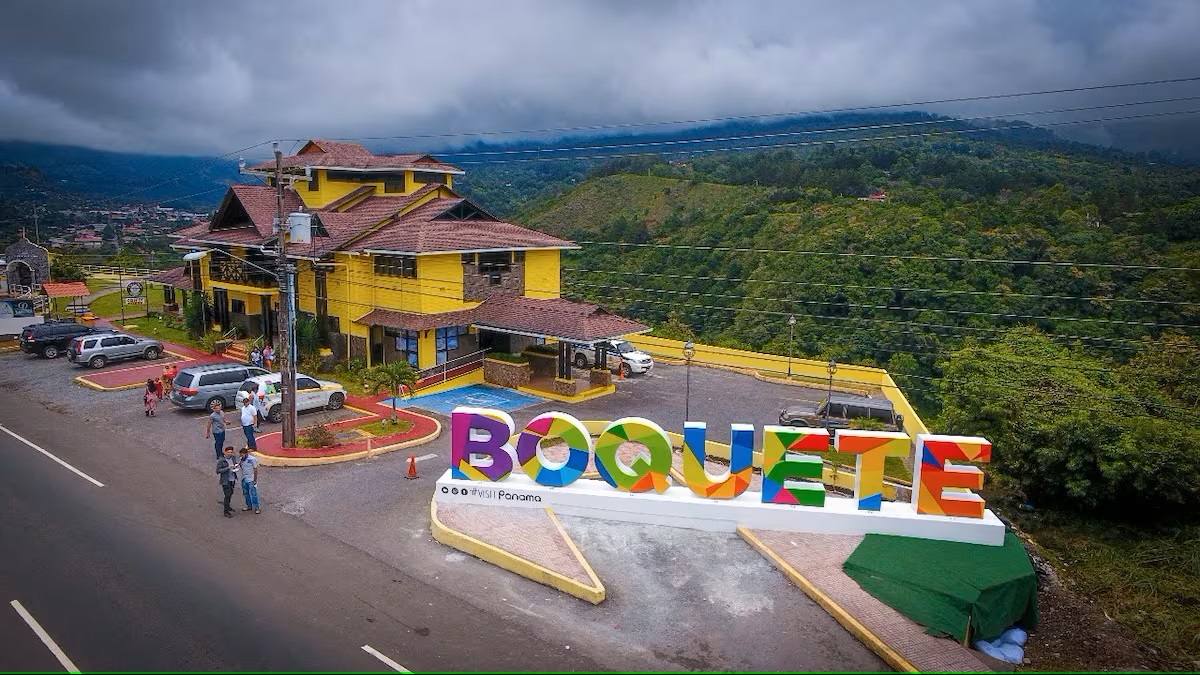
Boquete is a small town on the Caldera River, in the green mountain highlands of Panama, in western-most Chiriquí Province, about 60 km. from the border with Costa Rica. Because of its altitude, some 1,200 meters above sea level, its climate is cooler than of the lowland. Its scenic location, temperature and natural environment make it extremely popular with Panamanians and attract tourists from all over the world. One expression heard is that there are two types of expats in Panama. “Those who live in Boquete and those who wished they lived in Boquete.”
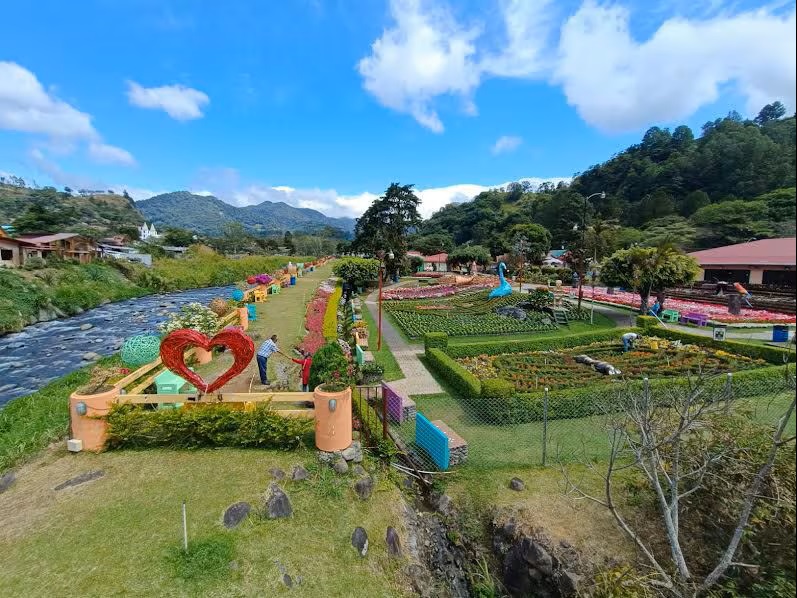
Boquete has a unique history in Panama and has been a refuge for a variety of people and cultures over the years. At the turn of the 20th century an influx of pioneers from Panama as well as from northern and central Europe arrived in Boquete to take advantage of its cool mountain climate and lush, fertile soils. Most of the immigrants were farmers by trade and they started the agricultural industry that now thrives in the area. Names like Jensen and Peterson are common, reflecting the European heritage of Boquete. Today, agriculture is still the biggest business in Boquete and coffee has become the most important export crop. Some of the more exotic varietals of coffees grown in Boquete are recognized as the finest (and the most expensive) coffees in the world.
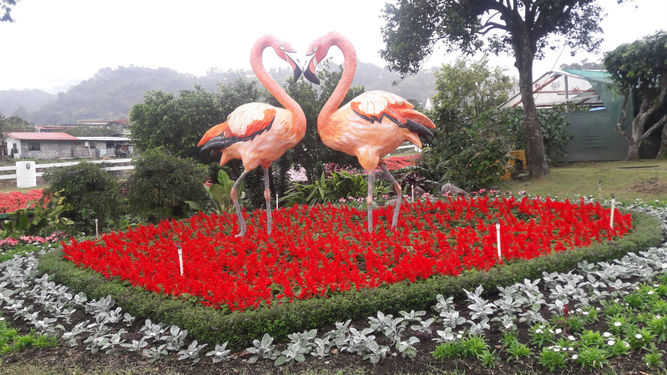
Although Boquete has always been a mixture of a number of cultures and peoples it wasn’t until the early 2000’s that any real number of foreigner residents began arriving to make this area home. With the development of a residential project called Valle Escondido, Boquete was put on the map as a world-class destination for retirees and the number of expats grew dramatically. Today there are more than 2,000 newly arrived foreigners in the area that now call this area of Panama home.

Boquete is a very productive area so many expats decided to build their companies here. These expats loved the climate of Boquete, they found out about the coffee, and they found Boquete to be a good place for business. Boquete is still a coffee-growing area but now we have many other businesses that are thriving here. The expats started coming around the 1990s. The first expats who moved here were not Americans or Canadians; they were mostly Europeans. Later on, Boquete became a well-known and popular expat destination for North Americans. Now, around 15% of the population of Boquete is composed of expats.

Many Panamanians have also decided to move to Boquete because of the jobs that the expats created. Panamanians who live in Boquete are used to conversing with expats every day. They know how to speak English. English is very important here in Boquete. If you don’t know how to speak English, you wouldn’t find a job. Or you might find a job but not a high-paying one. Most businesses need their staff to speak English because their clientele are mostly expats who live here in Boquete. We have a lot of restaurants here in Boquete and most expats like going to restaurants so the restaurant staff should be able to speak English.
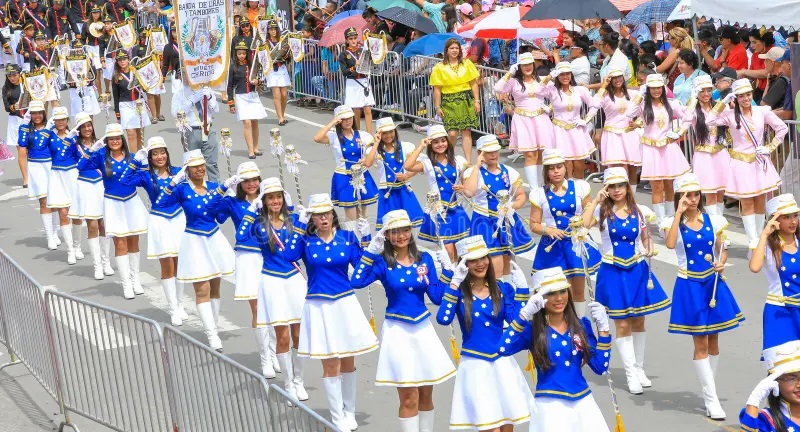
The town’s name is derived from its history. Boquete is a valley hidden behind a mountain. A hole was created through the mountain to access the valley. “Boquete” in English means “a hole” or “an opening”. The town was named after the “boquete” made through the mountain. The first settlers of Boquete were Indians. Later on, other locals from Panama came to live in Boquete. Life was very simple and the land was for agriculture. Local markets were small and the produce was only what was needed during those times, like milk and vegetables. There were no schools.

There were no roads to Boquete then and you could get to the town by horseback. Years later, a “ferrocarrill” (railway) enabled people from the town of David to go to Boquete. After the railway and trains, roads were then built. Panama has always been a center of business and investment and so foreigners have come here to do business. The first foreigners who came to Panama were the Germans and the Swiss. The Americans came later. Many last names in Boquete are recognizable as German and Swiss last names.
History
According to archaeological studies, the area near the Barú Volcano was the site of the first agricultural societies and chiefdoms, dated between 300 BC and 600 AD. In Caldera there are various petroglyphs that attest to the presence of ancient villages in the region. During the Spanish colonization in America , the district of Boquete, along with the rest of the Highlands, was almost isolated due to the topographic character of the area, and was used as a refuge by the Ngöbe indigenous people of the center of the country and the Miskito of the Central American Caribbean area.

It was not until the second half of the 19th century, when the Boquete region began to be colonized, with population from the districts of Gualaca, Bugaba and David and a small community of European immigrants (especially French and German), and Americans who began the cultivation of coffee, legumes and cattle raising. This immigration influenced the architectural aesthetics of the homes in the district. As early as 1907, the area consisted of several hamlets: Lino, Bajo Boquete, Quiel, Bajo de Monos, Los Naranjos, Jaramillo and Palos Bobos (now Palmira); and they formed part of the district of David. However, the remoteness and poor communication between the city of David and the towns of Boquete meant that the inhabitants of this area requested the formation of their own district.
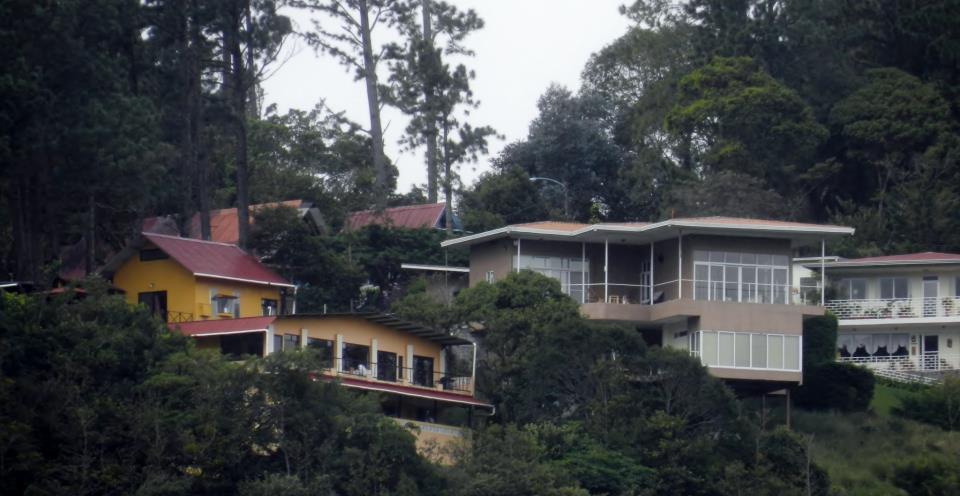
With the enactment of Law 20 of January 17, 1911, Boquete was formally established as a district of the province of Chiriquí. As a necessary condition for forming the district, the township of Caldera and the hamlet of El Francés were added. Initially, the district capital was located in the town of Lino, where the largest population lived and which had some facilities. However, the district’s residents petitioned to move the capital to the town of Bajo Boquete, due to its topographical nature and central location within the district. Although the change was made unofficially, it did not become effective until the enactment of Law 103 of 1941.

In 1950, the Coffee Festival began to be celebrated, held intermittently by the community with the aim of highlighting the main agricultural product of the district. On April 9, 1970, a severe flood occurred, causing extensive material damage (one in three of the district’s inhabitants was affected) and the death of eight people. This event led to the decision to suspend the fair until the following year. A rapid recovery process began in the area; and in 1973, the Coffee Festival became the Flower and Coffee Fair. Until 1998, the district had three townships: Bajo Boquete, Caldera, and Palmira. In that year, the townships of Alto Boquete, Jaramillo, and Los Naranjos were created.
